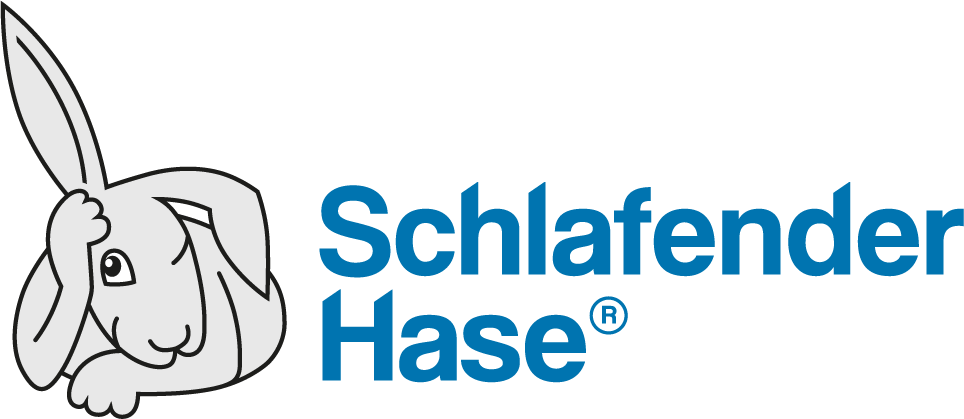by: Schlafender Hase
Remember that mathematics rule? Multiply two negatives and you have a positive. This also applies to labeling and packaging text. When “not not” accidentally finds its way into a packaging insert for medication, it can have serious consequences. Yet it is a common mistake. With this in mind, Schlafender Hase has integrated a Critical Word List into TVT®, the Text Verification Tool®. The Critical Word List allows common errors to be picked up in an original document, before the original is used to proofread and verify other versions.
Like to find out how the Critical Word List can help you? Register for Schlafender Hase’s upcoming webinar and bring even more proof to your proofreading.
Red Faces and Recalls
At the harmless end of the scale, proofreading errors can result in little more than a red face. However, in highly regulated industries such as healthcare, they can damage patient health and lead to recalls.
Let’s take the case of double negatives. This resulted in a medical product recall for one company when the package insert stated, “Do not not divide, crush, chew or dissolve the tablet.” Taken literally – and package inserts certainly are designed to be – this double negative would see perplexed patients dividing, crushing, chewing and dissolving their tablets.
Schlafender Hase Pricked Its Ear to Errors in Originals
It was against this background that Schlafender Hase developed the Critical Word List to highlight errors in original documents. This function focuses on the most commonly occurring critical words. In some cases it may also be possible to customize to take into account words of high importance and company-specific terminologies.
Let’s look at a couple of examples of what the Critical Word List function can do. Although the British post-punk band “The The” might not be too impressed, TVT would quickly and effortlessly pounce on this repetition in the original document. A formatting error in US/UK style vs. European style numbering (e.g. 1,234,567.89 vs. 1.234.567,89) is another example when the rabbit ear would wriggle a warning. Words missing trademarks are a case in point for a company-specific special Critical Word List.
Interested in knowing more? Check out the webinar link below and we’ll walk you through the Critical Word List functionality and offer you some tips.
Your Schlafender Hase Team
TVT User Webinar: Critical Word Lists – Spot repetitions, missing trademarks and more
If you would like to register for this free webinar, click here.
If you do not not want to make mistakes, learn how to use Critical Word Lists.
(NOTE: this function spots repetitions you don’t spot.)





